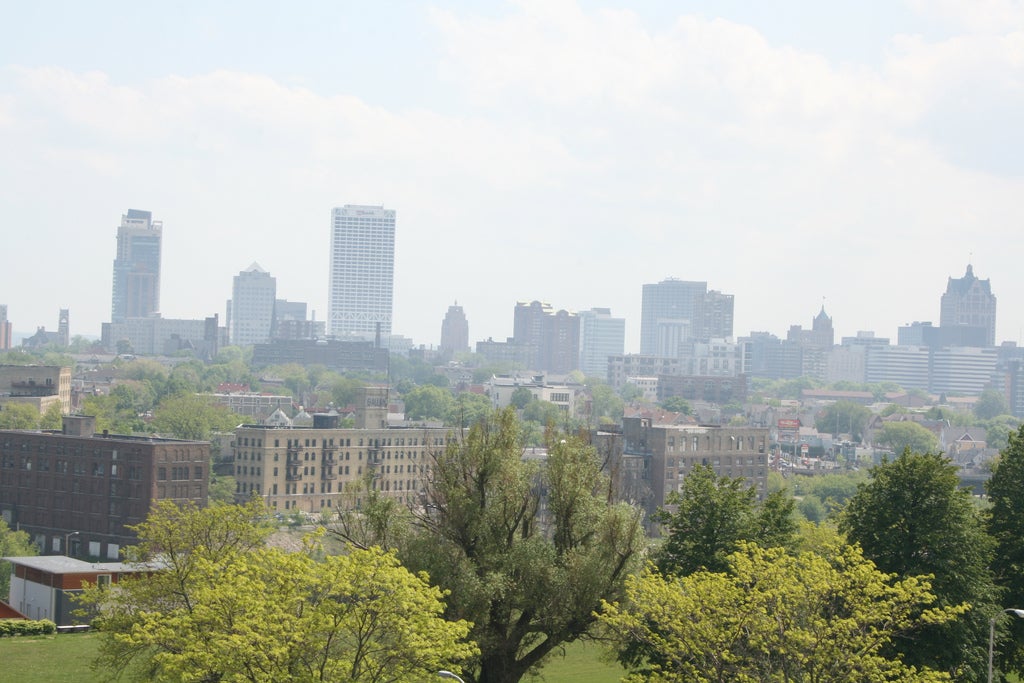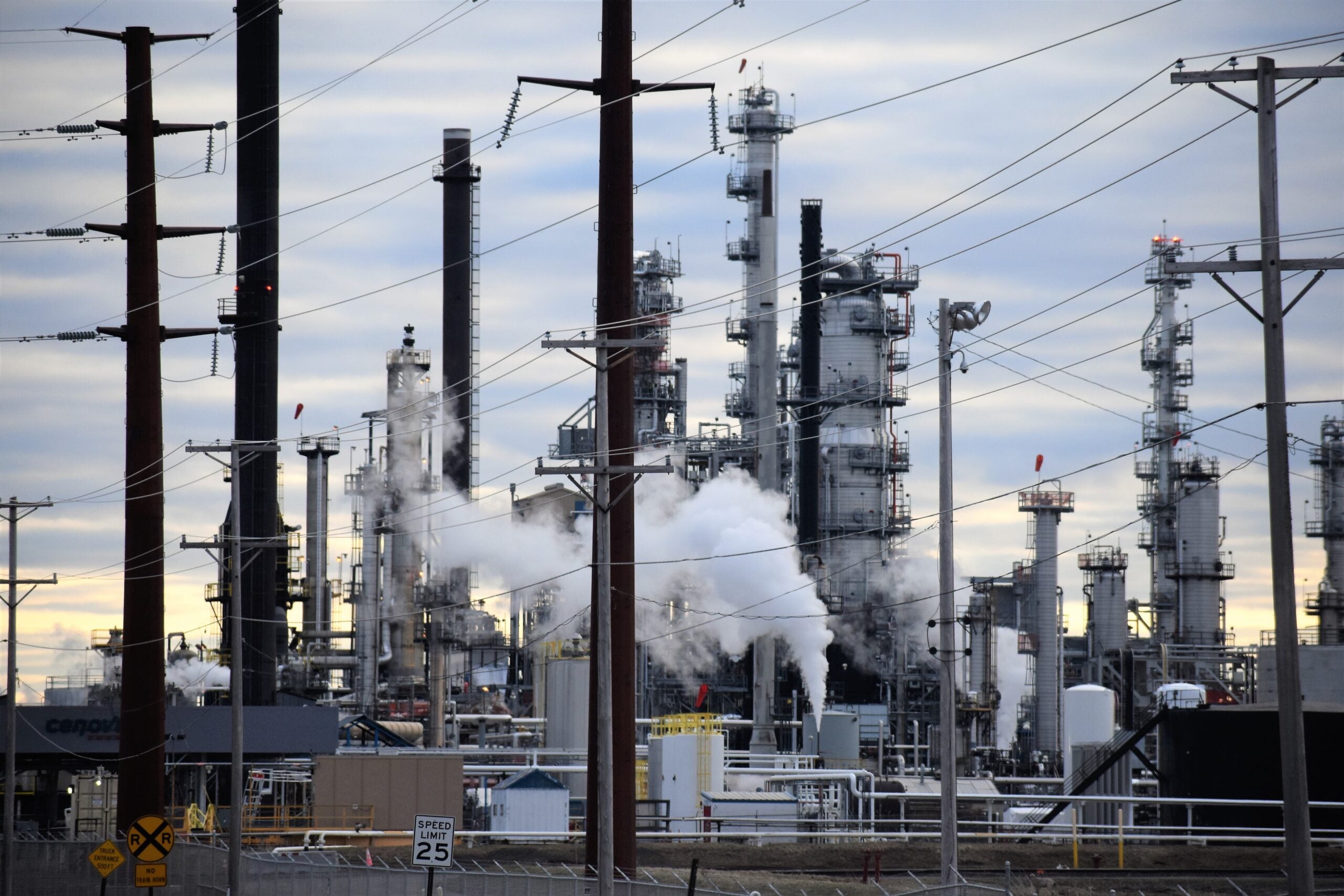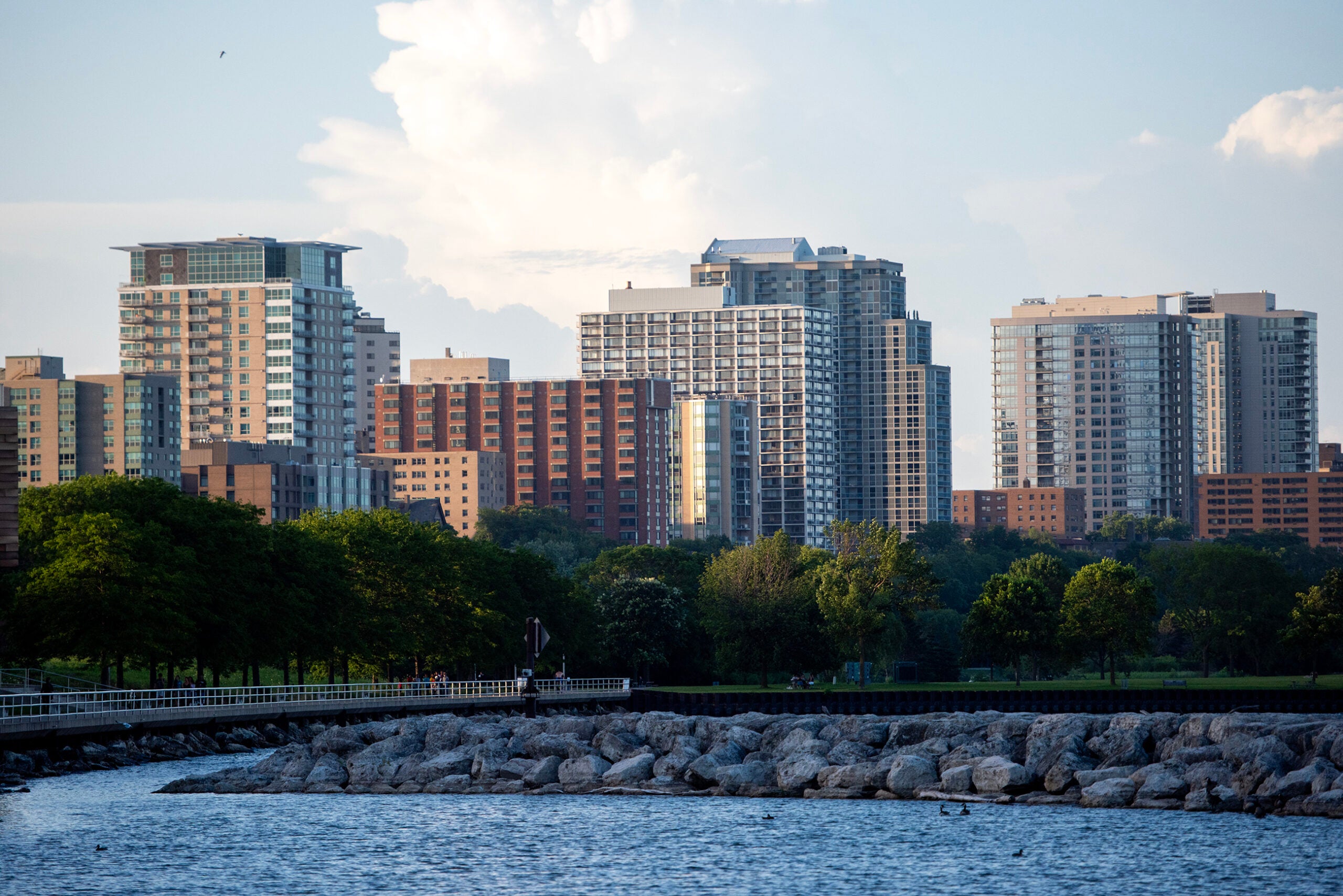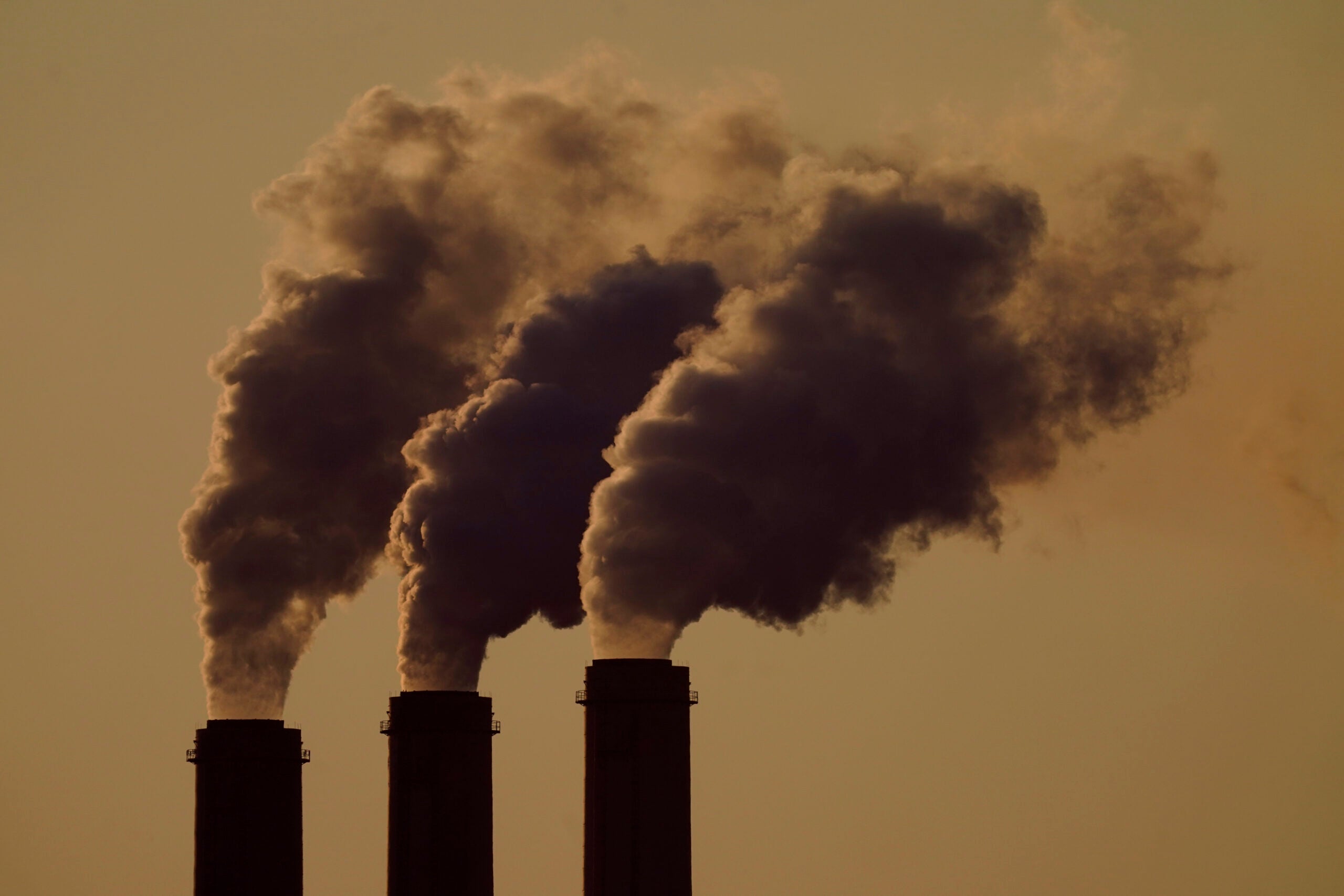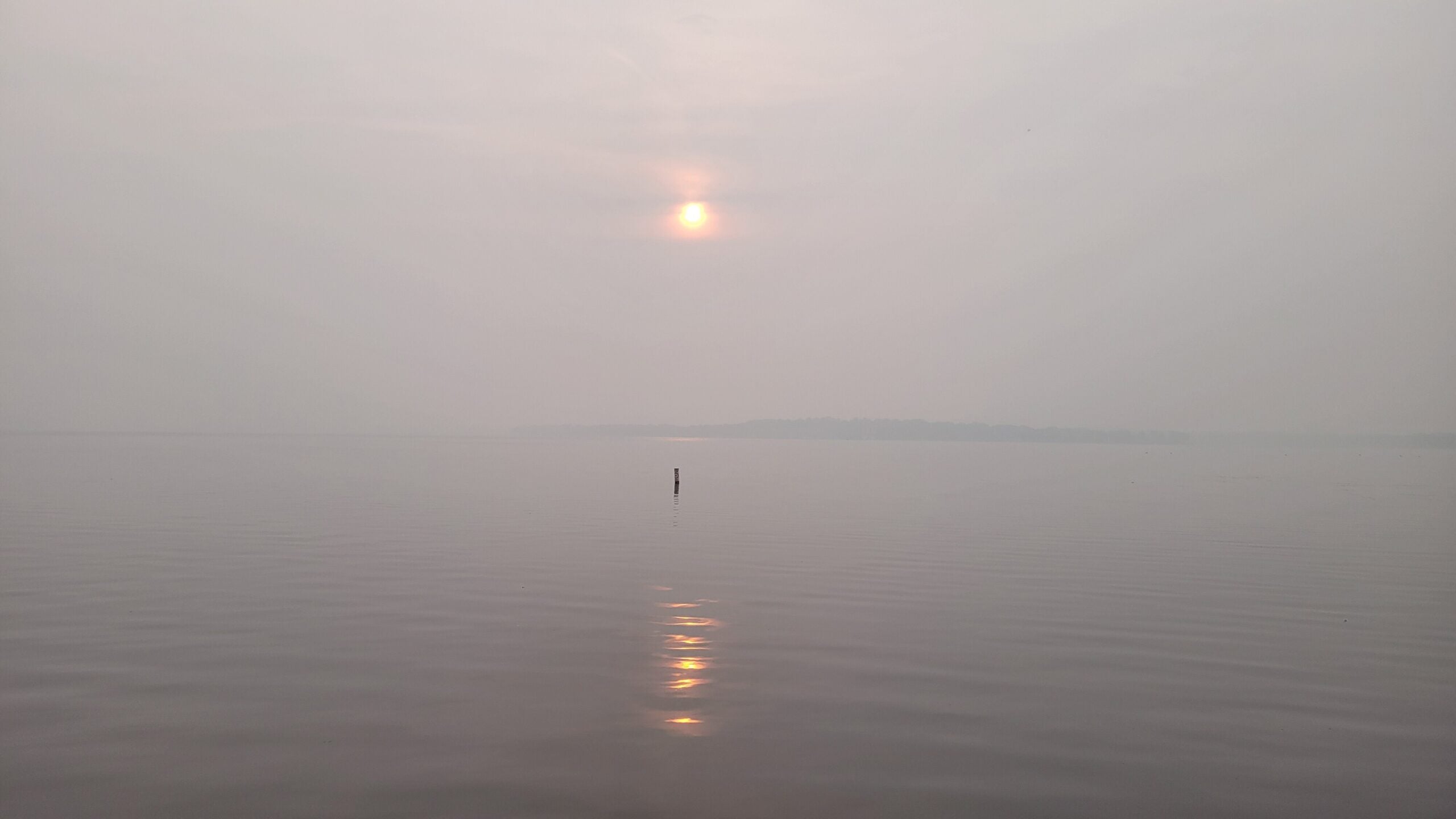The U.S. Environmental Protection Agency is proposing to put more Wisconsin counties under tighter emission limits for ozone pollution.
Under previous federal law for ground-level ozone, Sheboygan County and part of Kenosha County were the only parts of Wisconsin in what’s called non-attainment, meaning they didn’t meet air quality standards.
But under tighter ozone limits enacted by the Obama administration, the EPA told Wisconsin Gov. Scott Walker late last month that five Milwaukee area counties — Milwaukee, Racine, Ozaukee, Washington and Waukesha — and parts of four others along Lake Michigan will not meet the new standards.
News with a little more humanity
WPR’s “Wisconsin Today” newsletter keeps you connected to the state you love without feeling overwhelmed. No paywall. No agenda. No corporate filter.
Part of Kenosha county would remain in non-attainment status. Parts of Door and Manitowoc Counties would be added, and Sheboygan County would be reclassified to partial non-attainment.
The Wisconsin Department of Natural Resources had recommended all the counties be classified as meeting the 2015 standard.
Bill Davis, of the Madison-based John Muir Chapter of the Sierra Club, supports the proposal, saying it would spur innovation.
“It is going to require people to be inventive and creative, which has happened throughout the history of the Clean Air Act and Clean Water Act, to reduce our emissions,” Davis told WPR.
Davis also defends the science the Obama administration used to tighten the ozone standard.
“We’ve been tracking ozone for a long time and built up a body of knowledge that has told us that it actually has more significant health impacts than we had first thought,” Davis said. “That was the motivation for revisiting those standards and tightening them down.”
Jon Drewsen of Clean Wisconsin added via written statement:
“Air quality in these counties is poor, and ozone is contributing to that bad air quality. And when air quality is poor, that’s bad for public health. It’s clear that ozone pollution contributes to respiratory issues like asthma and emphysema. These protections are put in place to protect people from the health and economic costs of air pollution.”
Harmful ozone forms when emissions from vehicles and factories combine with warm temperatures and sunshine. Davis says some ozone pollution blows north from the Chicago area, and he urges Wisconsin lawmakers to work with those from Illinois and Indiana on a regional solution.
The state’s largest business group, Wisconsin Manufacturers & Commerce, contends the EPA plan would “imperil” manufacturing growth.
WMC’s general counsel and director of environmental and energy policy, Lucas Vebber, released the following statement:
“What we are seeing here is the failed regulatory agenda of the Obama-era EPA continuing to attack Wisconsin businesses. At a time when Wisconsin’s air quality is the cleanest it has been in decades, EPA is seeking to hold Wisconsin residents and businesses accountable for polluters in other states and even other countries. Business growth in east and southeast Wisconsin will be greatly impacted by this decision. We need our federal representatives to step up and fight back against this Zombie Obama-EPA regulatory agenda and restore common sense to air permitting.”
The EPA has invited the Wisconsin Department of Natural Resources to submit additional documents to the federal agency by the end of February. A public comment period is also expected. The EPA may make a final decision by spring.
Wisconsin Public Radio, © Copyright 2026, Board of Regents of the University of Wisconsin System and Wisconsin Educational Communications Board.
